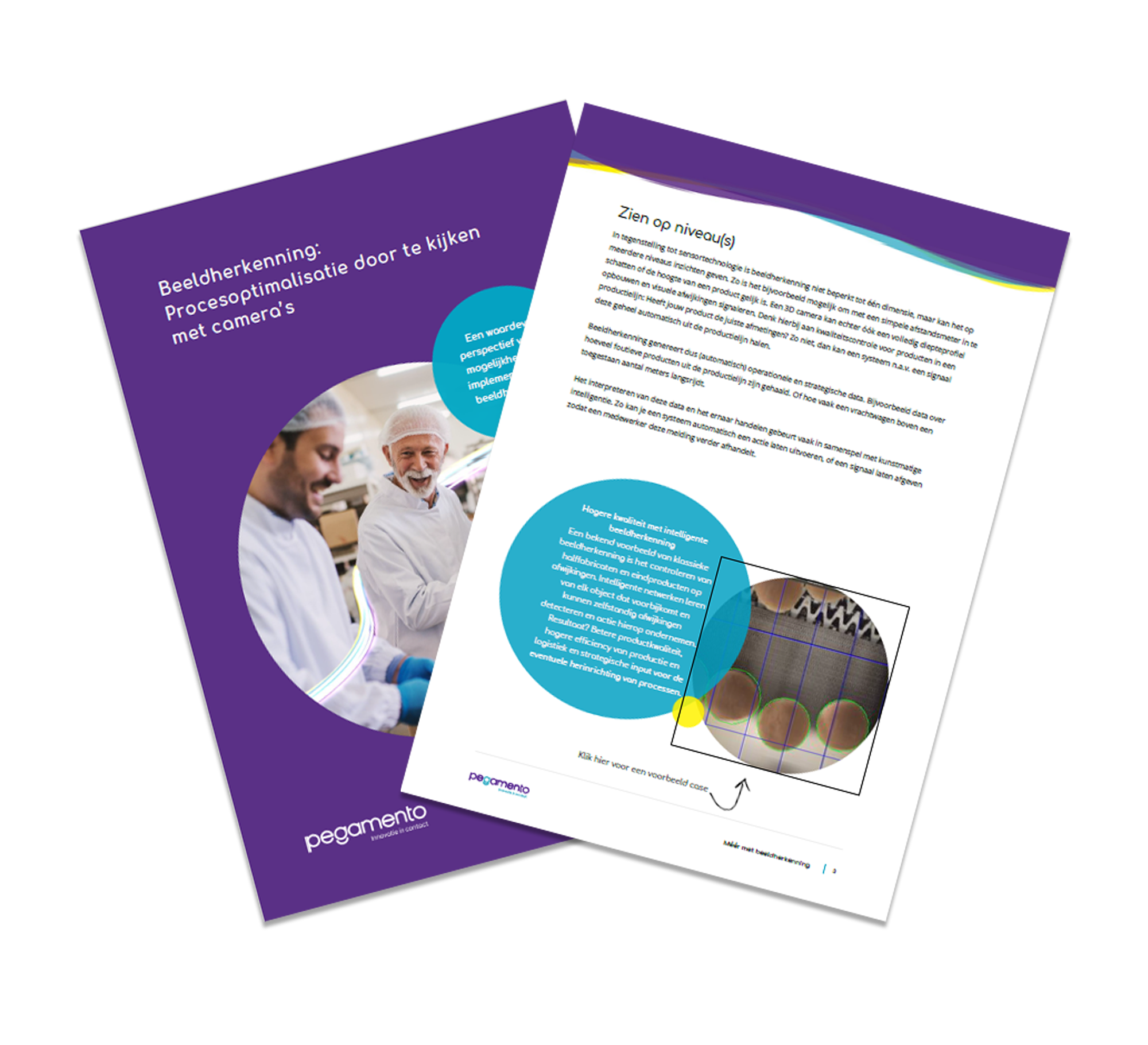The Fish on Wheels (FOW) is a fishbowl on wheels, steered by the fish! It consists of a fishbowl on the chassis of a steerable car with a smartphone attached. When the fish swims left, the car drives left. The fish swims right, the car goes right. And so on! The Fish on Wheels was already a hype in 2014. But today you don’t need a special peace of hardware to let the fish drive. Just a 5G smartphone connected to the cloud will do the job.
Image Recognition application, 5G and cloud
The Fish on Wheels works through an image recognition application and 5G. But you might wonder, what does a moving fish have to do with these two subjects? Do not worry, it is not a conspiracy theory or rocket science. You can leave the tinfoil hat in your drawer.
The human eye is able to see its surroundings, just like a camera. But the brain is needed to link the meaning of the environment around it. Such as the recognition of people, looking for items or recognizing the color of your car. In this case, the Cloud is the brain behind the camera. You could say that the camera is the proverbial eye.
The camera records data that can used to execute an action. In this case an image recognition system acknowledges the orange color of the fish and, based on the position of the orange color (the fish), associates an action performed by hardware. In this case it is driving and steering a motorized set of wheels. The main element of Image Recognition is the camera, however the data that the camera registers is sent directly to a server in the 5G network via a 5G connection. This server converts this data into an action to be performed and sends it back to the smartphone, which ensures that this command is executed by the hardware. This allows the live images of photos and videos to be processed in real time and with minimal delay.
Why 5G and not just a smartphone application? You may be wondering. By using 5G and a seperate server, heavy applications that consume a lot of data on mobile devices are avoided. All complicated and heavy datasets and calculations are done in the Cloud. This makes the use of Image Recognition on mobile devices easier and more accessible.
Making the most of 5G speed
Now that smartphones have a lot of computing power and the connections are so good due to, among other things, 5G networks, two options have arisen for implementing Image Recognition. It is possible to set up an app in such a way that the Image Recognition is performed on the phone itself or that the image is uploaded to a server where it can be processed and the results returned. Both ways have their pros and cons.
The computing power on the smartphone is somewhat more limited, but the user is not dependent on a connection and its speed. However, an improvement to the Image Recognition will have to be made by an app update or by updating the data in the app again. In the Cloud, on the other hand, computing power is abundant and an update can be rolled out to millions of users within seconds. Even so, the disadvantage is that data always has to be sent back and forth.
In addition to a driving fish, 5G and Image Recognition is a combination that can be used in more applications on smartphones.
Examples of Image Recognition and 5G
Growing with an Image Recognition application
Pegamento has developed special software that makes it possible to take a 3D scan with your smartphone to determine your height. Parents with children who have growth restriction can thus make an objective measurement that can be reliably shared with the relevant doctor. A home length measurement has not always been reliable in the past. The application gives parents and children more control over the exact effect of the treatment and saves unnecessary visits to the hospital.
Recognizing art
Image Recognition can also be used to recognize objects. As you may already know from Google Image Search. However, this option can also be used real-time on smartphones. An example of this is Smartify. Have you been wondering for a while which artwork hangs in the dentist's waiting room? Scan it with your phone and Smartify will tell you who the artist is, what the artwork is called, when it was created and even the materials the artist used. Waiting at the dentist is no longer boring.
You might also find this interesting to read: the unlimited possibilities with Image Recognition.
In addition to using 5G and Image Recognition for a moving fish or tracking body size, the possibilities are endless. We discuss these in our whitepaper. We also discuss various applications in a wide range of branches in 2021. Curios? Take a look, after all, it is completely non-binding.
Free: Image Recognition for Dummies
Everything you want to know about Image Recognition.

